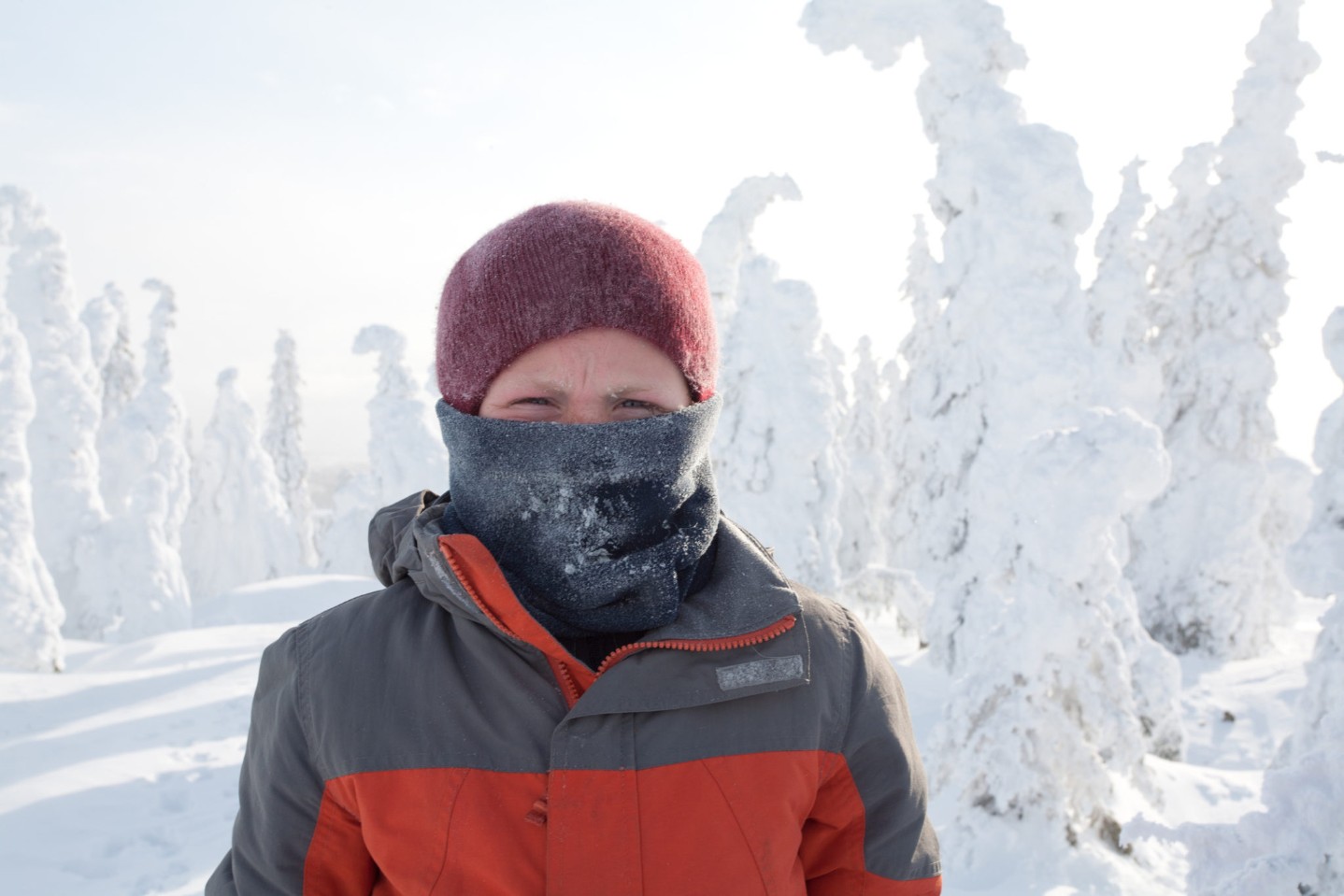Is Stress Holding You Back? Break Free with These Tips
APR 09, 2025Stress is a natural reaction to life's challenges. Practicing mindfulness, staying conntected, and setting boundaries are three effective tips for managing it.
Read More
The question: Dr. Aaronson, I have heard that hospitals in some situations make patients cold with ice after they have suffered a bad heart attack at home. Your blog says that you played a role in developing CHI Health's Code Chill protocol. I don't get how freezing a human can help them survive a heart attack. Could you explain?
Dr. Aaronson: Certainly. You are talking about induced hypothermia for out of hospital sudden cardiac death. In non-medicalese terms, this means using a machine to chill a person after they have medically coded from a heart attack. 98.6 degrees Fahrenheit is normal temperature. We cool you down to 91.4 degrees Fahrenheit. The process of freezing and then rewarming after a myocardial infarction is called a "code chill" at Alegent Health in Omaha, Nebraska.
Most people associate hypothermia with children who are exposed to freezing cold, winter weather. This unfortunate event tends to give hypothermia a negative connotation, and in that setting I agree. During my medical training at Hennepin County Medical Center in Minneapolis, MN, when a patient presented to the trauma center in cardiac arrest from the cold, we were taught the following: "a cold patient is not dead until they have been warmed and the monitor shows that they are dead." The recommendation is to continue to perform CPR (cardiopulmonary resuscitation) until that time.
It turns out that if a person has suffered a myocardial infarction (heart attack) outside of the hospital that is so bad the heart stops pumping blood, the body can appear to be "mostly dead." From The Princess Bride: Miracle Max speaking to Inigo Montoya, "There is a big difference from mostly dead and all dead... Mostly dead is slightly alive."
Consider therapeutic hypothermia as a form of hibernation. People are frozen to slow the body's metabolism such that little energy is required by the brain and the rest of the body. The body is given time to heal itself. Once thawed after a period of 24 hours of freezing, it is very possible that a patient will wake up and have a meaningful recovery and a productive life.
Kidney nephrologists can be a critical component to a successful induced hypothermia experience. A person who suffers from out of hospital sudden cardiac death may suffer from sudden kidney failure. We provide kidney dialysis services, usually using a form of dialysis called "slow dialysis" during the code chill. A patient's kidneys frequently will recover from the stunning process associated with a severe heart attack. Kidney doctors also help with electrolyte management in this setting because patients may have potassium shifts and are at risk for life threatening hyperkalemia. We work closely with the heart, lung, and critical care physicians in the intensive care unit.
In conclusion, many people who experience sudden cardiac death can have a meaningful life if a code chill is performed on their behalf. Perhaps future residents, fellows, and attending medical staff will use the following quote: "a person is not dead after suffering a cardiac arrest until they are cooled, rewarmed, and then declared dead." Note that we have described 1 of 3 main components of a successful code chill. Here are the three components in order:
Some hospitals have a protocol for induced hypothermia. Many do not. You want to make sure your ambulance takes you to a hospital that performs a code chill. Your life depends upon it. Current procedures force ambulances to take patients to the nearest hospital based on distance alone. These protocols must change in Nebraska and the rest of America so that patients go to the nearest hospital that performs induced therapeutic hypothermia.

Stress is a natural reaction to life's challenges. Practicing mindfulness, staying conntected, and setting boundaries are three effective tips for managing it.
Read More
Nasal airflow problems can cause difficulty sleeping, trouble breathing during exercise, snoring, changes to your sense of smell, mouth breathing and pain or pressure in your face.
Read More
You know good sleep makes you feel better. But did you know lack of sleep is linked to increased risk of chronic diseases like heart disease and diabetes.
Read MoreWhen you need local health information from a trusted source, turn to the CHI Health Better You eNewsletter.